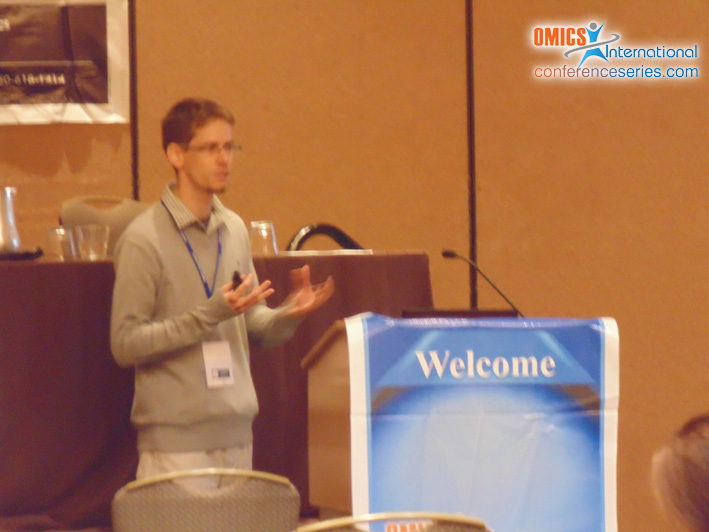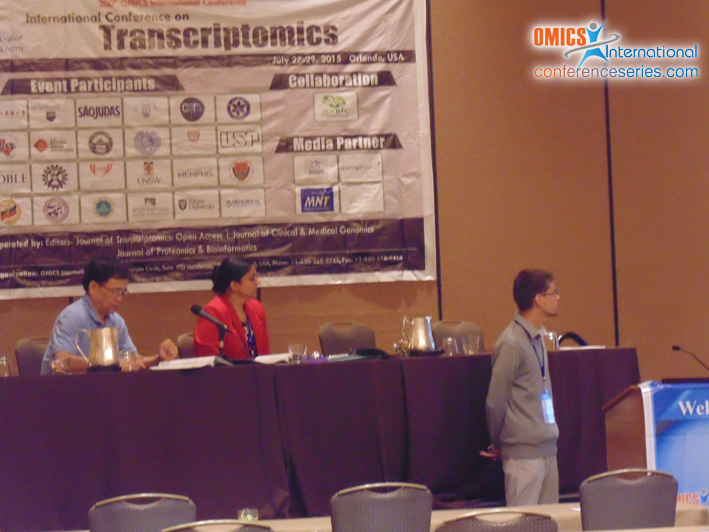
Peter Olah
University of Szeged, Hungary
Title: Characterization of 5-methylcytosine patterns in Pseudorabies virus
Biography
Biography: Peter Olah
Abstract
Introduction: Pseudorabies Virus (PRV or Aujeszky's disease virus) is a neurotrophic herpes virus with a broad host range consisting of mammalian species which causes fatalities in swine populations prenatally and in young animals. It is also a widely used model organism for studies of gene expression, neuronal tracing and the viral life cycle of Alpha herpesviridae. A main characteristic of alphaherpes viruses is the strictly regulated, cascade-like gene expression pattern during lytic infection. In addition, viral genes are arranged in tightly packed functional clusters in various overlapping orientations. In order to assess whether 5-methylcytosine is present and occurs at specific loci in relation to the gene clusters in the PRV genome, wild-type and mutant PRV strains were subjected to bisulfite sequencing (BS-Seq). Materials & Methods: PRV virions of the wild-type PRV strain Kaplan and mutant viruses lacking key trans-activators (US1, UL54, EP0 and IE180 null-mutants) were harvested 12 hours post infection from PK-15 cells by ultracentrifugation followed by DNA isolation. BS-Seq libraries were constructed for paired-end 100 bp sequencing on an Illumina Hiseq 2000. Alignments were generated using Bowtie2 following strict adapter and quality trimming; the resulting alignments were processed in Bismark for methylation calling. Results: In PRV, interpreting CpG methylation is complicated by the extremely high GC-content of the virus. The number of methylated cytosine residues varied slightly (4-7%) between samples at lower amounts than the average methylation density in mammalian CpG islands. The intra-sample distribution of methylated residues was however non-random, indicating preferred sites of base modification and was consistent between samples which suggests that methylation at intergenic boundaries might serve important roles in viral gene expression regulation.



